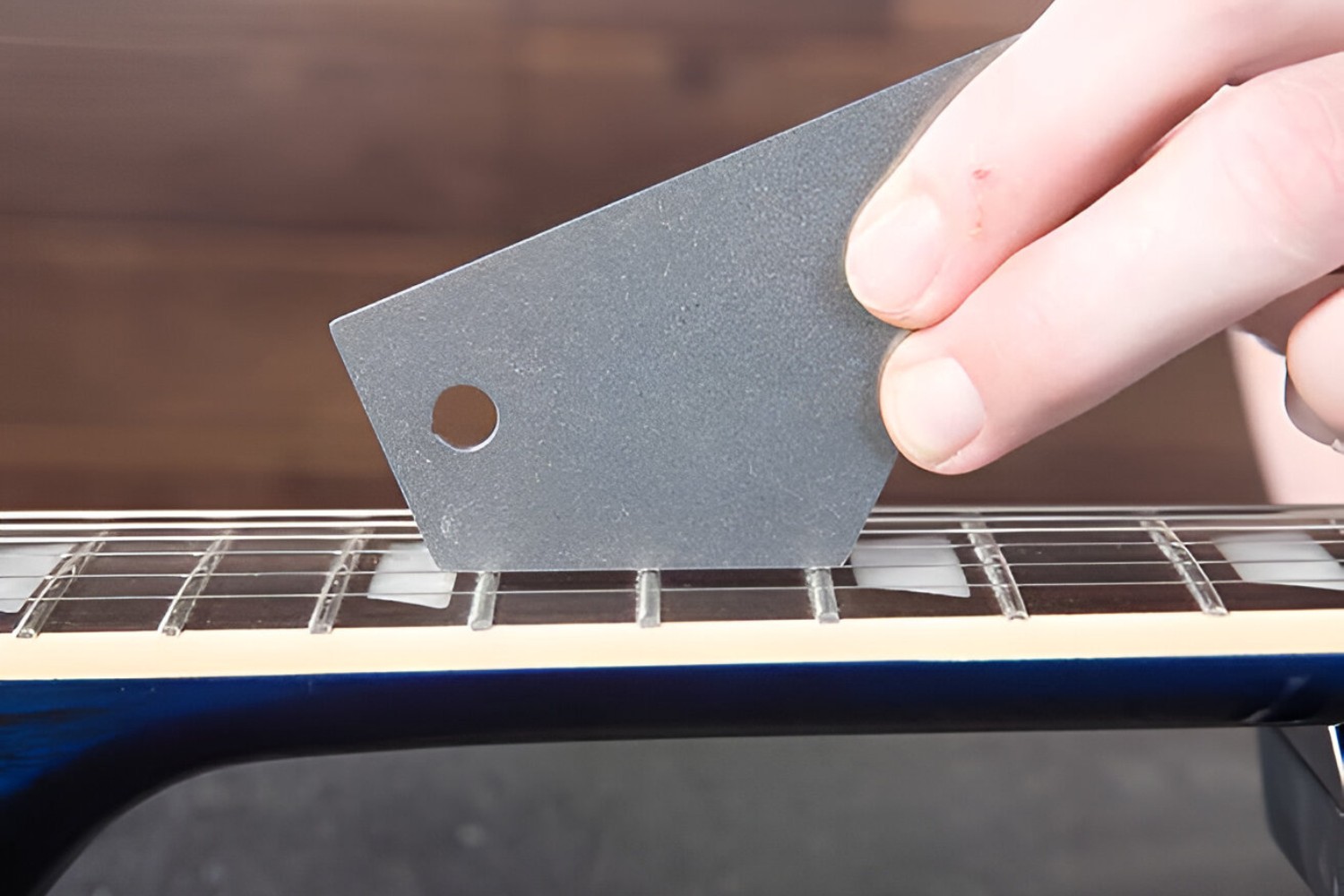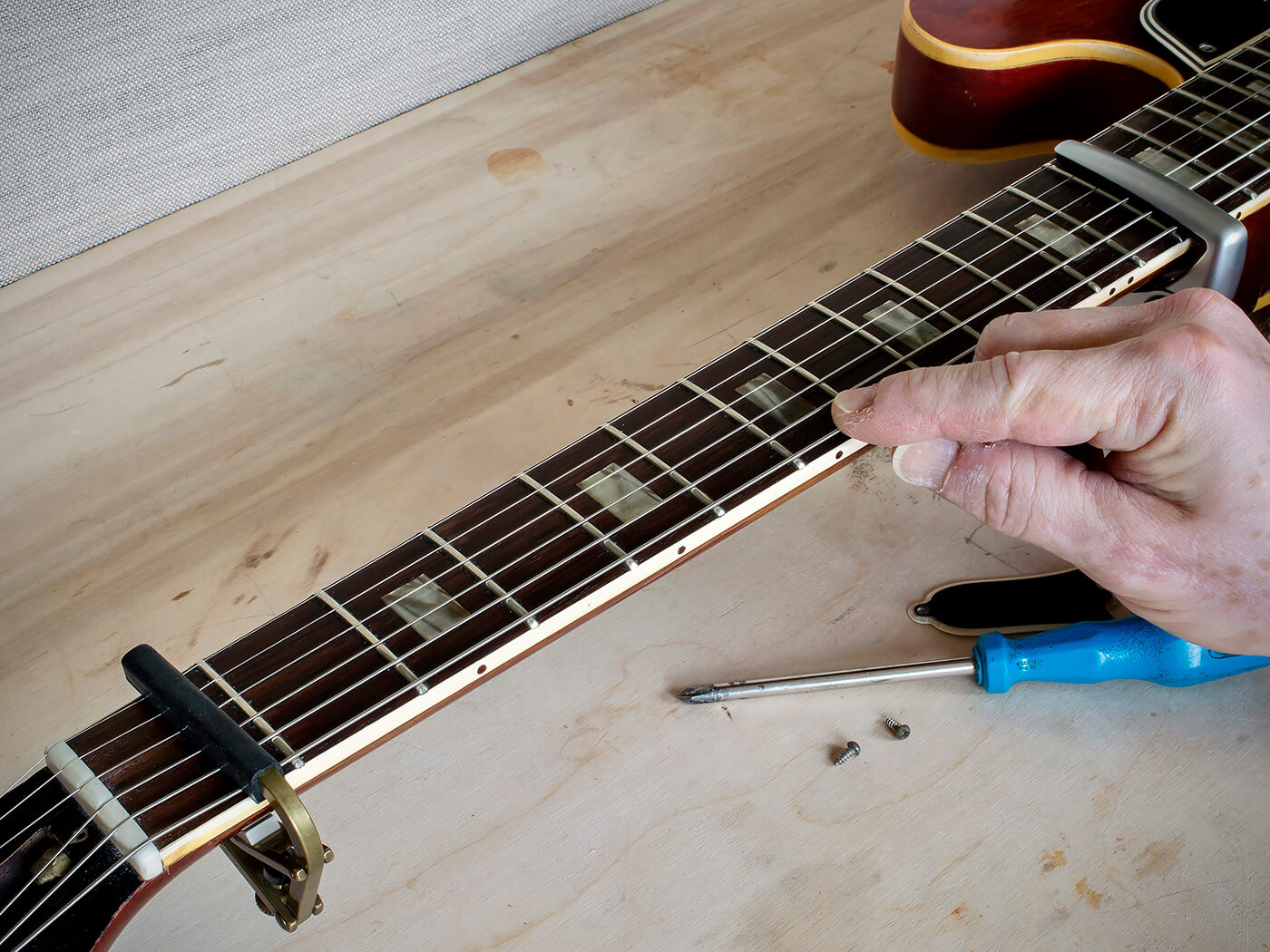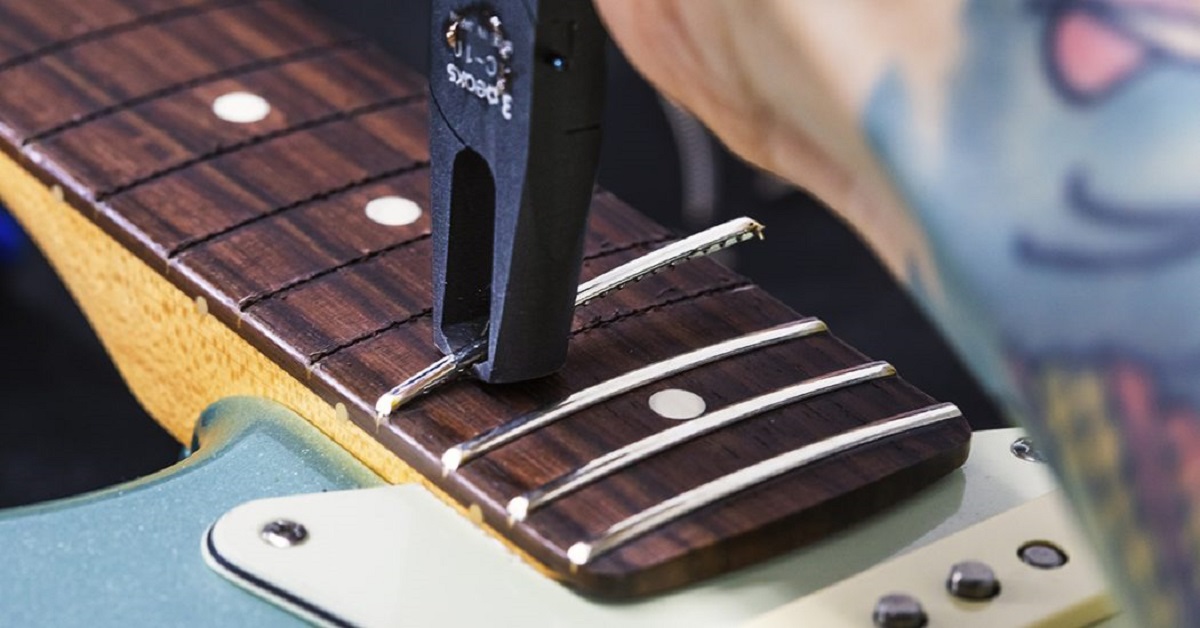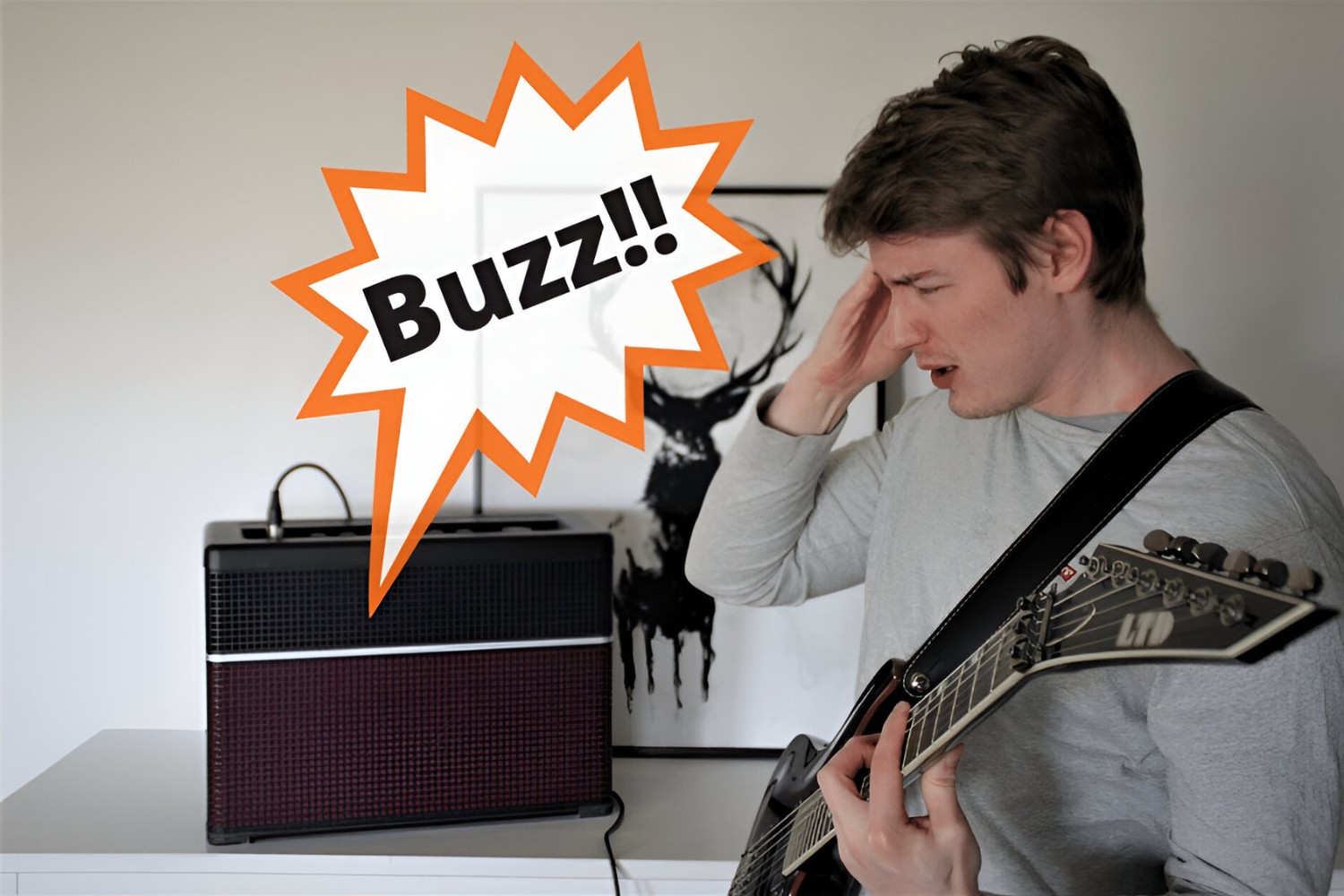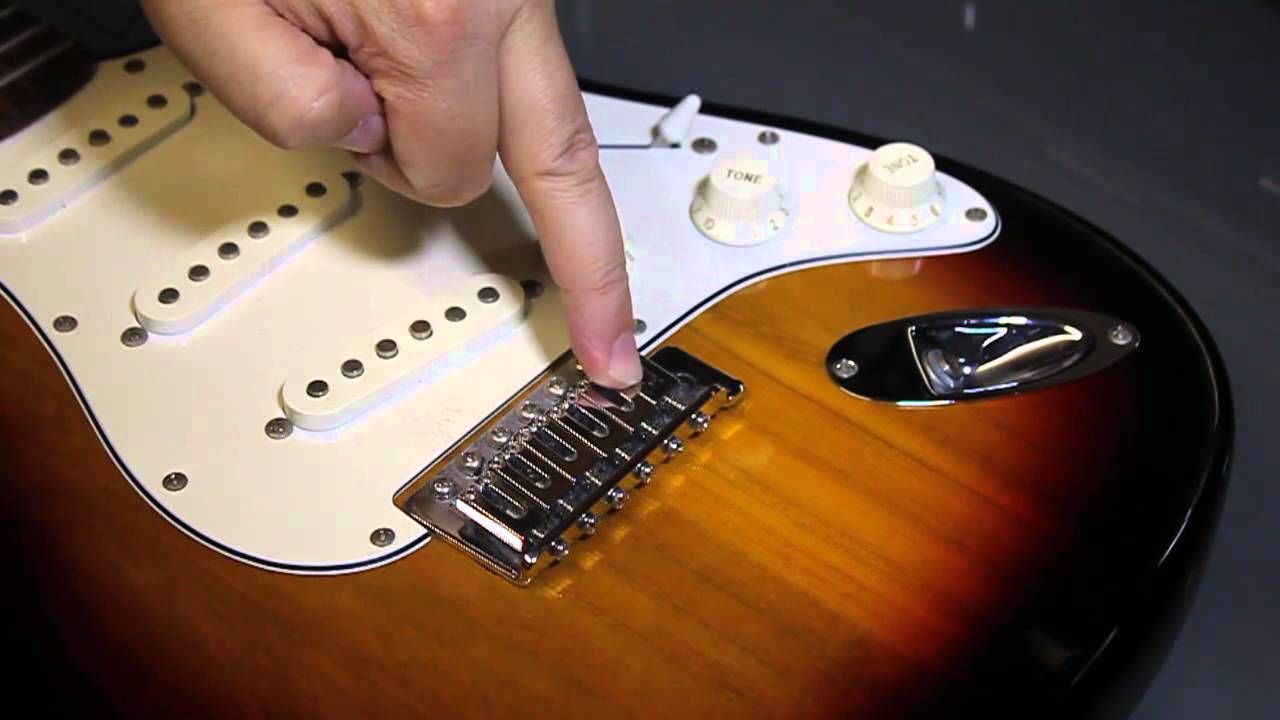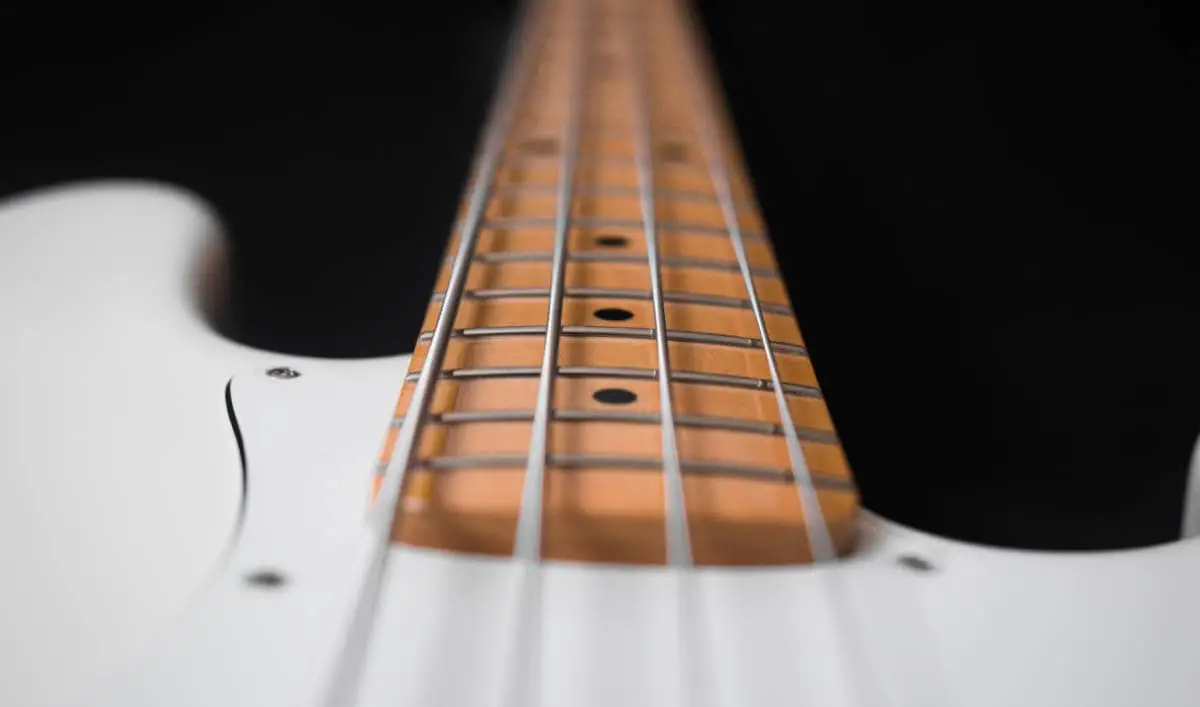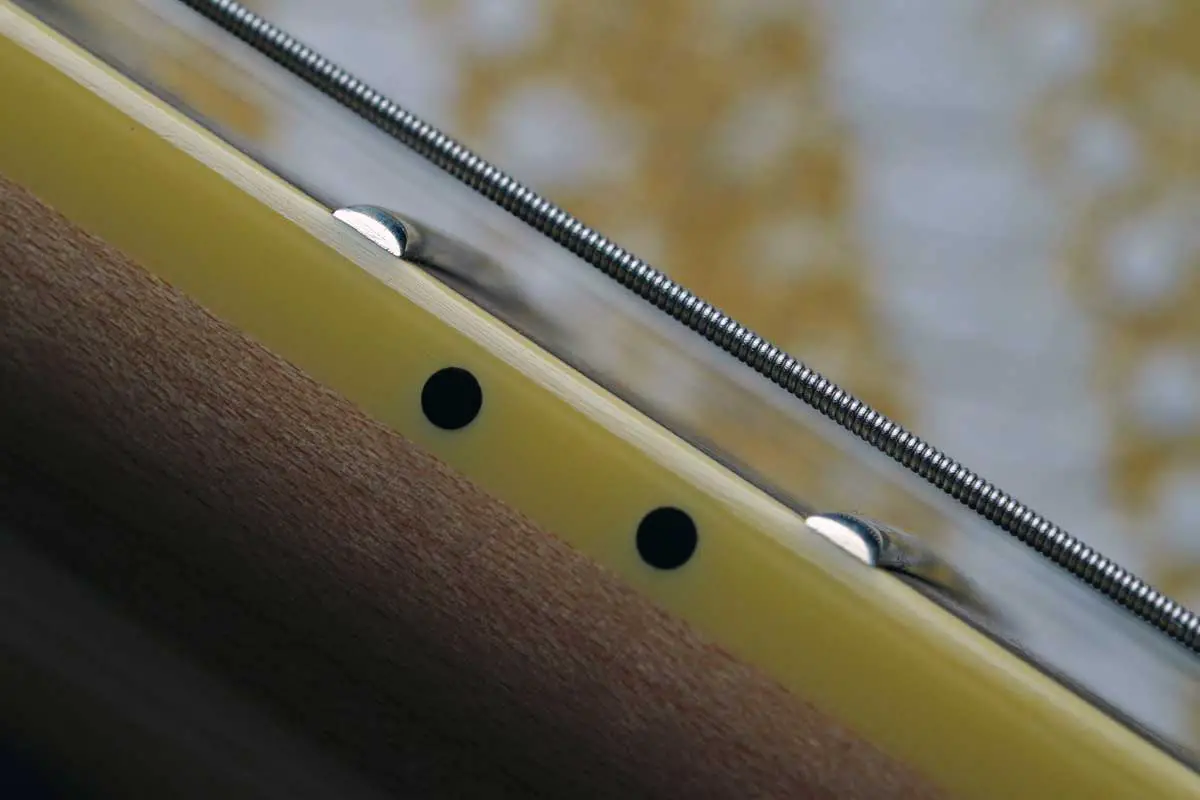Introduction
Understanding the Annoying Buzz on Electric Guitars
If you've ever picked up an electric guitar and encountered an unwelcome buzzing sound, you're not alone. Fret buzz is a common issue that plagues many guitarists, from beginners to seasoned pros. This pesky problem can be frustrating and disruptive, affecting the overall playability and sound quality of the instrument. However, fret buzz is not an insurmountable obstacle, and with a bit of knowledge and know-how, it can be effectively addressed.
Fret buzz occurs when the vibrating string comes into contact with a fret, resulting in a buzzing or rattling noise. While a certain degree of buzz is natural and can contribute to the unique character of the instrument, excessive or persistent fret buzz can be indicative of underlying issues that need to be resolved. Understanding the causes of fret buzz and how to rectify them is crucial for any guitarist looking to maintain their instrument in optimal playing condition.
In this comprehensive guide, we will delve into the intricacies of fret buzz on electric guitars. We will explore the common causes of this vexing problem, ranging from issues with the instrument itself to playing technique. Additionally, we will provide practical solutions for mitigating fret buzz, empowering you to tackle this issue head-on and restore your guitar to its full sonic potential.
Whether you're a novice guitarist encountering fret buzz for the first time or a seasoned player seeking to fine-tune your instrument, this guide will equip you with the knowledge and strategies needed to conquer fret buzz and elevate your playing experience. So, grab your guitar, and let's embark on a journey to unravel the mysteries of fret buzz and reclaim the pristine sound of your electric guitar.
What is Fret Buzz?
Unraveling the Mystery Behind the Annoying Buzz
Before delving into the causes and solutions, it’s essential to grasp the fundamental nature of fret buzz. Fret buzz occurs when a vibrating guitar string makes contact with a fret, resulting in a buzzing or rattling sound. This phenomenon can occur on any fret along the neck of the guitar, and its intensity can vary, ranging from a subtle hum to an intrusive rattle that disrupts the clarity and sustain of the notes.
Fret buzz is often more pronounced on electric guitars due to their lower string action and the amplified vibrations produced by the pickups. This heightened sensitivity can accentuate even the slightest instances of fret buzz, making it a prevalent concern for electric guitarists. While a minimal amount of buzz can contribute to the characteristic timbre of the instrument, excessive or persistent fret buzz detracts from the overall playability and tonal quality of the guitar.
It’s important to note that fret buzz can stem from a multitude of factors, encompassing both mechanical and playing-related issues. The precise cause of fret buzz can be influenced by various elements, including the guitar’s setup, string gauge, fret condition, and the player’s technique. By understanding the diverse sources of fret buzz, guitarists can effectively diagnose and address the underlying issues, thereby restoring the instrument’s sonic integrity.
Furthermore, fret buzz is not a static problem; it can evolve over time due to changes in environmental conditions, string tension, or the wear and tear of the instrument. As such, vigilance and periodic assessment are crucial for preempting and remedying fret buzz before it undermines the guitar’s performance.
By unraveling the mystery behind fret buzz and comprehending its nuances, guitarists can equip themselves with the knowledge needed to identify, troubleshoot, and resolve this common issue. In the subsequent sections, we will explore the common causes of fret buzz and equip you with practical strategies to mitigate and eliminate this persistent nuisance, allowing you to unlock the full potential of your electric guitar.
Common Causes of Fret Buzz
Unveiling the Culprits Behind the Buzzing Dilemma
Understanding the diverse factors that can precipitate fret buzz is integral to effectively addressing this vexing issue. Several common causes contribute to the occurrence of fret buzz on electric guitars, encompassing both mechanical and playing-related origins. By identifying these culprits, guitarists can pinpoint the root of the problem and implement targeted solutions to alleviate fret buzz.
One prevalent cause of fret buzz is inadequate neck relief, which refers to the slight curvature of the guitar neck. Insufficient relief can result in the strings coming into contact with the frets, leading to buzzing and diminished sustain. Conversely, excessive neck relief can cause high action, making it challenging to fret notes effectively. Achieving the optimal neck relief through truss rod adjustments is crucial for mitigating fret buzz and ensuring a comfortable playing experience.
Another common culprit behind fret buzz is uneven frets. Over time, the frets on a guitar can wear down unevenly, leading to inconsistencies in the string’s contact with the fretboard. This can manifest as buzzing or dead spots along the neck, impeding the string’s vibration and compromising tonal clarity. Addressing uneven frets through fret leveling and dressing is essential for restoring uniformity and eliminating fret buzz.
String action, or the distance between the strings and the frets, also plays a pivotal role in the occurrence of fret buzz. excessively low action can cause the strings to come into contact with the frets, resulting in buzzing and fretting out. Conversely, excessively high action can make the guitar strenuous to play, detracting from the overall playability. Finding the optimal string action through bridge and nut adjustments is crucial for minimizing fret buzz while maintaining comfortable playability.
Furthermore, the choice of string gauge can influence the propensity for fret buzz. Lighter gauge strings exert less tension on the neck, making them prone to buzzing, especially if the guitar is set up for heavier gauge strings. Conversely, heavier gauge strings can mitigate fret buzz but may require adjustments to the guitar’s setup to accommodate the increased tension. Selecting an appropriate string gauge and ensuring proper setup can mitigate fret buzz associated with string tension.
By unraveling the common causes of fret buzz, guitarists can gain insights into the multifaceted nature of this issue and take proactive measures to address it. In the subsequent section, we will delve into practical strategies for mitigating fret buzz, empowering you to restore your electric guitar to its optimal sonic state.
How to Fix Fret Buzz
Empowering Guitarists with Solutions to Tackle Fret Buzz
Addressing fret buzz necessitates a systematic approach that encompasses both diagnostic assessment and targeted interventions. By equipping yourself with practical strategies for rectifying fret buzz, you can reclaim the pristine sound and playability of your electric guitar. Let’s explore effective solutions for mitigating fret buzz and restoring your instrument to optimal performance.
One fundamental step in addressing fret buzz is to evaluate the guitar’s setup, encompassing elements such as neck relief, string action, and intonation. Adjusting the truss rod to achieve the optimal neck relief can mitigate fret buzz stemming from inadequate or excessive curvature. Additionally, fine-tuning the string action through bridge and nut adjustments can alleviate buzzing while ensuring comfortable playability.
Uneven frets can be a persistent source of fret buzz, necessitating fret leveling and dressing to restore uniformity and eliminate buzzing or dead spots along the neck. By meticulously addressing uneven frets, guitarists can enhance the instrument’s tonal clarity and sustain, mitigating the adverse effects of fret buzz.
String choice and gauge also play a pivotal role in mitigating fret buzz. Selecting an appropriate string gauge and ensuring proper setup can alleviate buzzing attributed to string tension, enhancing the guitar’s stability and playability. Moreover, periodic maintenance, including string changes and fretboard conditioning, can preemptively mitigate fret buzz and prolong the lifespan of the instrument.
Furthermore, addressing playing technique can significantly impact the occurrence of fret buzz. Ensuring proper finger placement and fretting technique, as well as minimizing excessive force when fretting notes, can reduce the incidence of fret buzz. Additionally, refining your picking and strumming technique can contribute to a cleaner, buzz-free sound.
Seeking professional assistance from a luthier or guitar technician can be invaluable in diagnosing and addressing persistent fret buzz. A skilled professional can conduct a comprehensive assessment of the instrument, identify underlying issues, and implement precise adjustments to mitigate fret buzz effectively.
By integrating these strategies and interventions, guitarists can effectively tackle fret buzz and restore their electric guitar to its full sonic potential. With a proactive and systematic approach, fret buzz can be mitigated, allowing you to enjoy a seamless and gratifying playing experience on your electric guitar.
Conclusion
Conquering Fret Buzz: Empowering Guitarists for Optimal Performance
As we conclude our exploration of fret buzz on electric guitars, it’s evident that this common issue is multifaceted, stemming from a myriad of mechanical and playing-related factors. By unraveling the mysteries of fret buzz and gaining insights into its causes and solutions, guitarists can equip themselves with the knowledge and strategies needed to mitigate this persistent nuisance and restore their instruments to optimal performance.
Understanding the nature of fret buzz, from its origins as the vibrating string makes contact with the frets to its impact on tonal clarity and playability, is integral for any guitarist seeking to maintain their instrument in peak condition. By recognizing the common causes of fret buzz, such as inadequate neck relief, uneven frets, and string action, guitarists can conduct targeted assessments and interventions to mitigate buzzing and restore the pristine sound of their electric guitars.
Moreover, the journey to address fret buzz extends beyond mechanical adjustments, encompassing playing technique and string choice. Refining your fretting and picking technique, as well as selecting an appropriate string gauge, can significantly impact the occurrence of fret buzz, contributing to a cleaner and more resonant sound.
Ultimately, the quest to conquer fret buzz is a dynamic and ongoing endeavor, requiring vigilance, periodic assessment, and a proactive approach to guitar maintenance. By integrating the strategies and interventions outlined in this guide, guitarists can navigate the complexities of fret buzz and reclaim the full sonic potential of their electric guitars.
So, as you pick up your electric guitar and embark on your musical journey, armed with the knowledge and insights gleaned from this guide, remember that fret buzz is not an insurmountable obstacle. With patience, perseverance, and a keen understanding of the intricacies of fret buzz, you can elevate your playing experience and unlock the captivating sound of your electric guitar.
Now, armed with the knowledge and strategies to address fret buzz, go forth and immerse yourself in the boundless realm of music, confident in your ability to conquer fret buzz and unleash the full sonic potential of your electric guitar.







